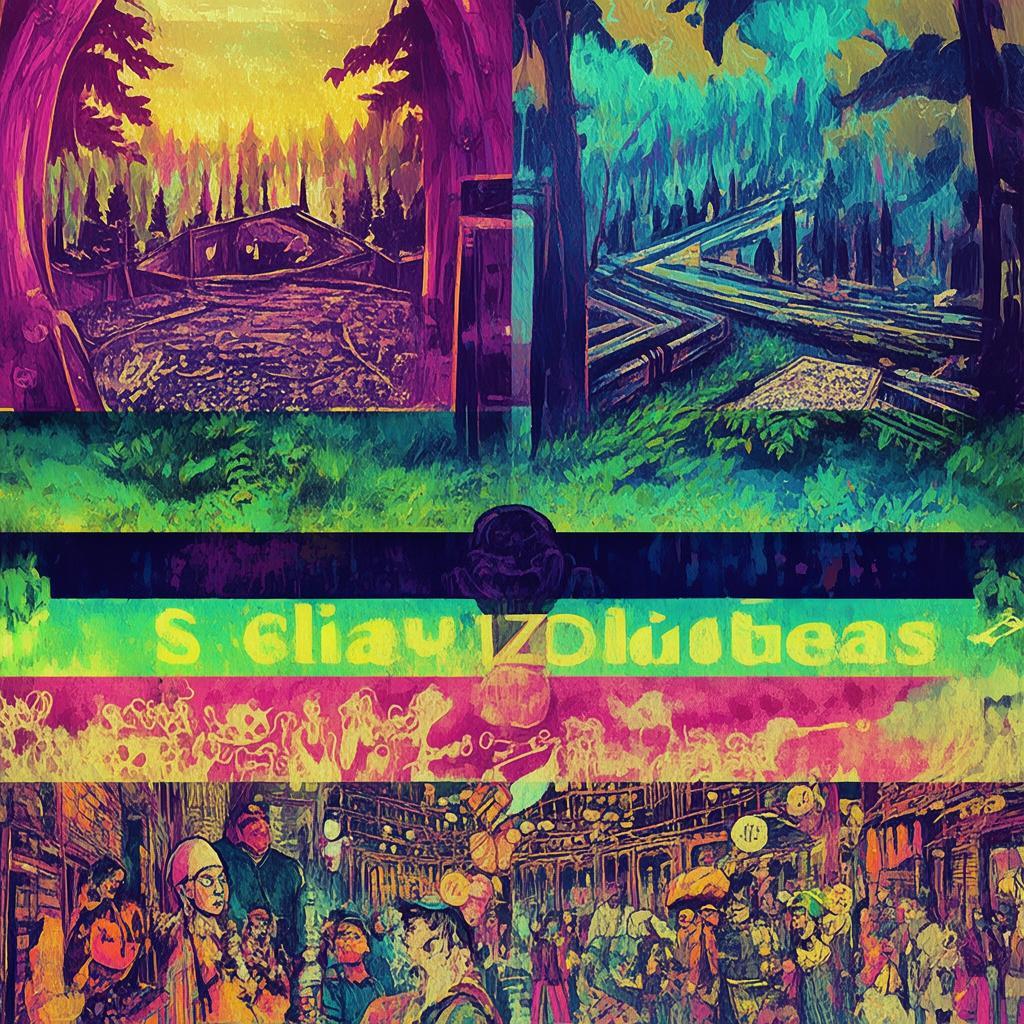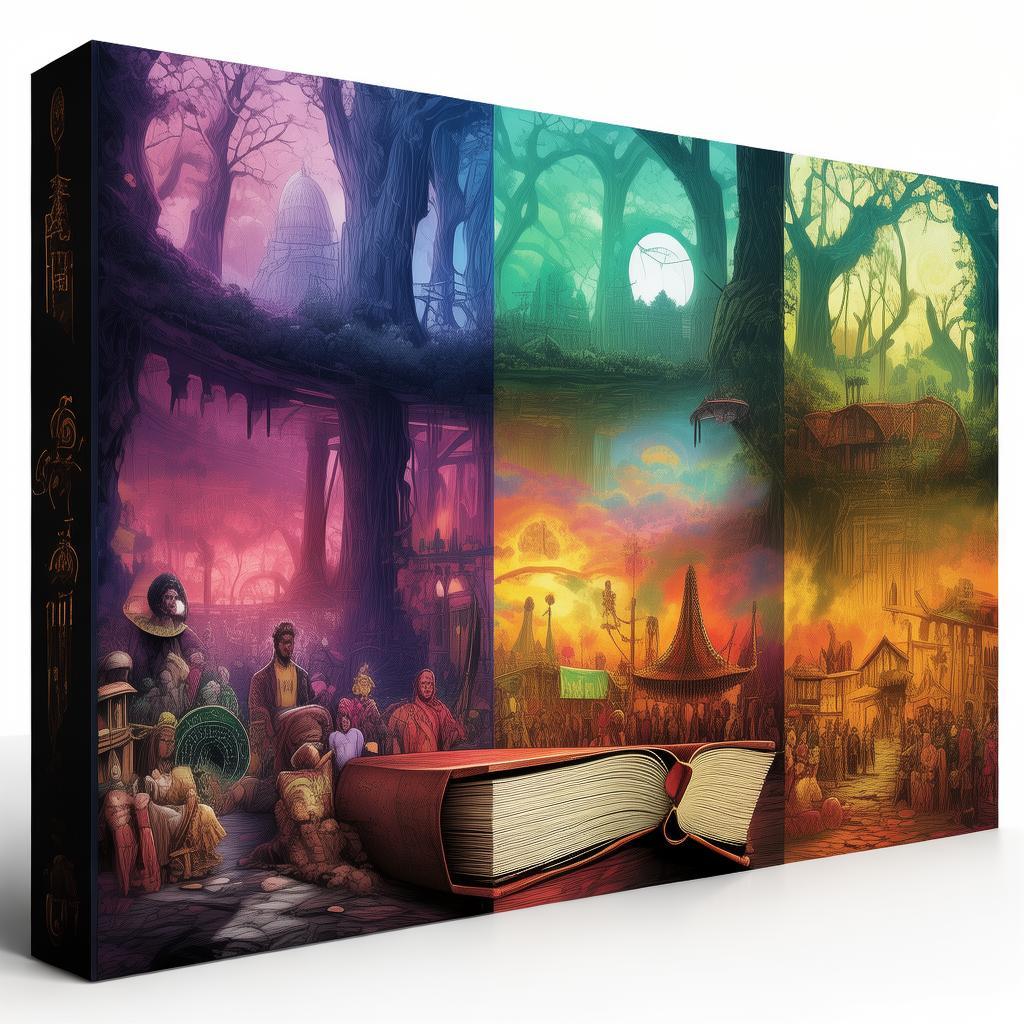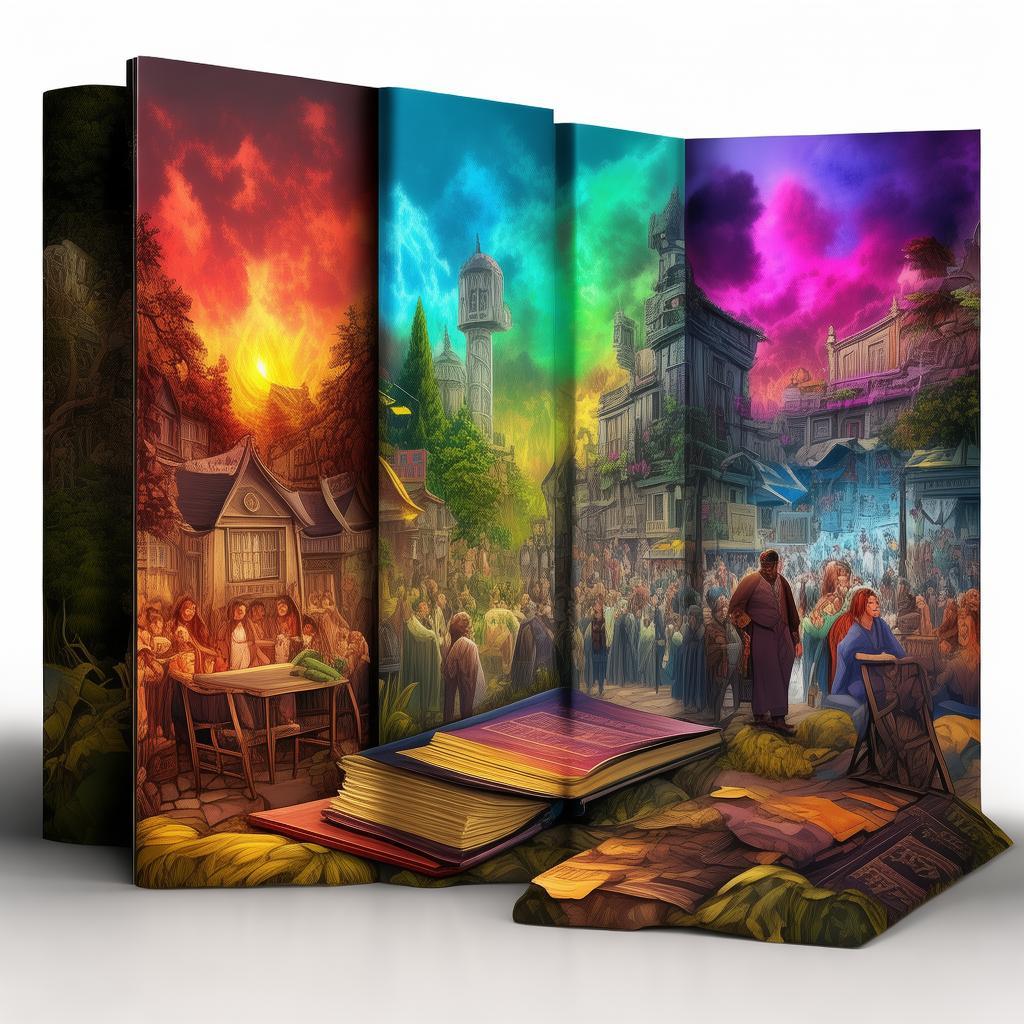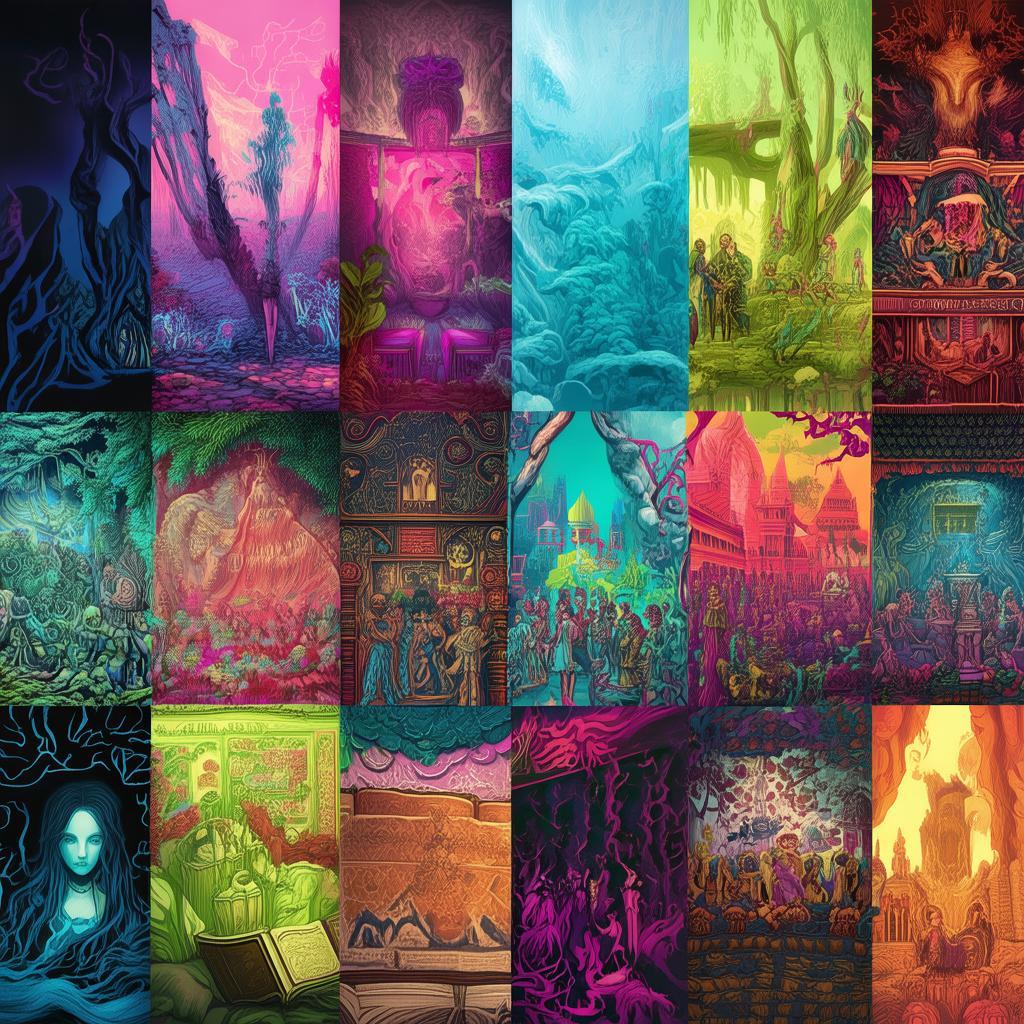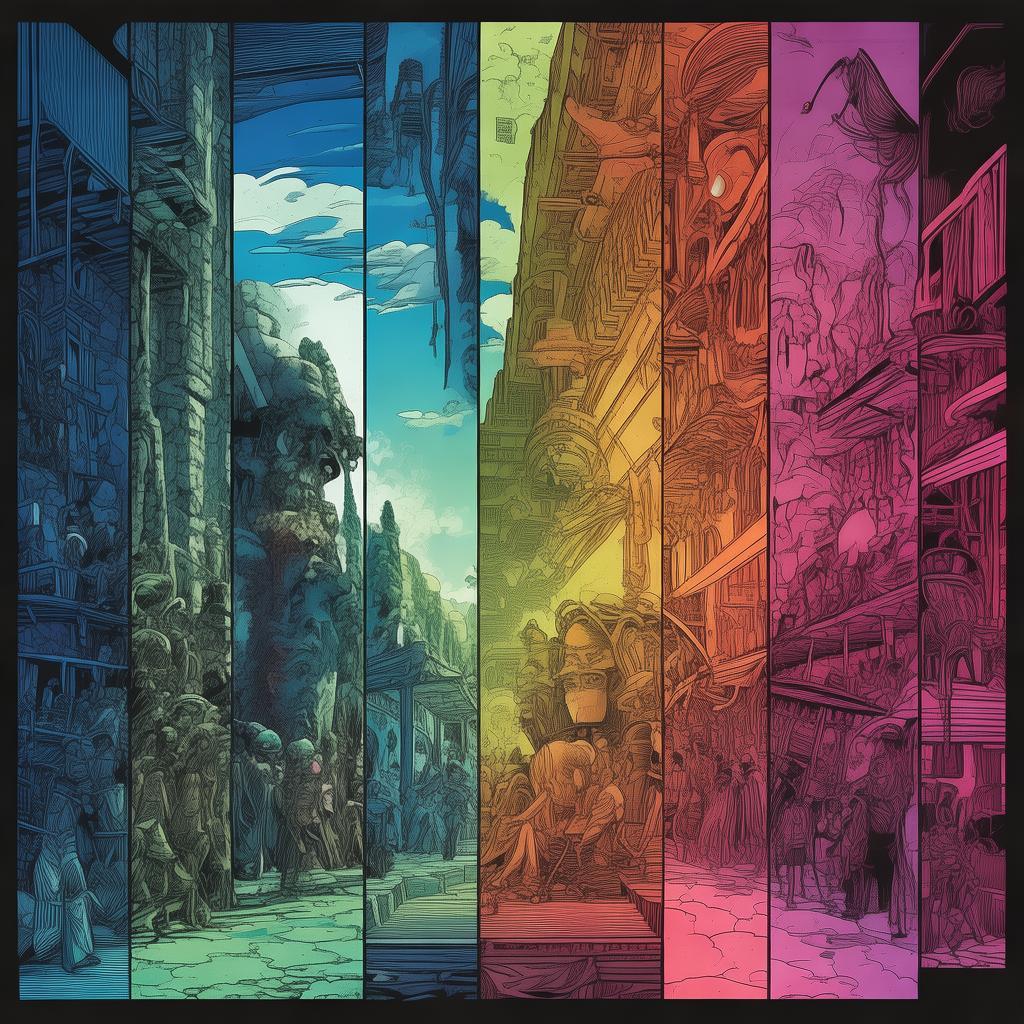The Monk's Robe: A Journey of Commitment and Betrayal
In the remote mountains of ancient China, nestled within a secluded temple, young Monk Tang lived a life of solitude and contemplation. His robe, a simple, unadorned garment, was the epitome of his dedication to the path of enlightenment. It was a symbol of his commitment to the teachings of the Buddha, a sign of his renunciation of the world and its fleeting pleasures.
Tang had been a monk for five years, and during this time, he had learned to find peace in the quiet of the temple, in the rhythm of his daily prayers, and in the meditative practices that filled his days. His robe was his constant companion, a reminder of the commitment he had made to the path of enlightenment.
One evening, as the sun dipped below the horizon, casting long shadows across the temple grounds, a figure approached the temple. It was an old man, his face lined with years of sorrow and experience. He approached the young monk with a respectful bow and a voice that carried the weight of many stories.
"Monk Tang, I come seeking enlightenment," the old man said, his voice trembling slightly.
Tang, always eager to help, welcomed the old man into the temple and offered him a place to stay. As the days passed, the old man shared his life story with the young monk, a tale of loss, betrayal, and a quest for redemption.
The old man, once a powerful warrior, had turned his back on violence and sought solace in the teachings of the Buddha. However, his journey had been fraught with challenges, and he found himself at odds with those who had once been his allies.
One night, as the moon hung full in the sky, the old man shared a secret with Tang. "Monk, I have hidden a treasure within this temple. It was once a gift from my mentor, a treasure that was meant to aid in the spread of the Dharma. But it has been lost to time, and I fear it has fallen into the wrong hands."
Intrigued by the old man's story, and moved by his quest for redemption, Tang decided to help. The two monks began a search for the treasure, a journey that would take them deep into the heart of the temple and the depths of their own souls.
As they delved deeper into their quest, they discovered that the temple was not the sanctuary they had believed it to be. Hidden within its walls were secrets and lies that had been kept for generations. The monk's robe, once a symbol of purity, became a mask for deceit and corruption.
The search for the treasure led them to the temple's highest chamber, a place of ancient power and mystery. As they entered, they were met with a vision of the past, a vision of the old man's mentor, a great monk who had been betrayed by his own students.

The mentor, a figure of wisdom and compassion, revealed that the treasure was not a material object but a symbol of the Dharma itself. It was the monk's robe, a robe that represented the commitment to the path of enlightenment, the dedication to the teachings of the Buddha.
The old man, now understanding the true nature of the treasure, realized that his quest for redemption was not about finding a physical object but about finding the truth within himself. He had been searching for the robe, the symbol of his own commitment, the commitment to the path of enlightenment that he had abandoned years ago.
Tang, moved by the old man's journey, decided to help him reclaim his robe. The two monks set out on a journey to find the robe, a journey that would test their faith, their commitment, and their understanding of the true meaning of enlightenment.
As they traveled through the mountains, they encountered challenges and obstacles, both external and internal. They were tested by their own doubts and fears, by the temptation of the world, and by the allure of power.
But through it all, they remained committed to their path, to the teachings of the Buddha, and to the search for the truth. And as they journeyed on, they began to understand that the robe was not just a symbol of their commitment, but a symbol of change.
The robe represented the transformation that each monk had undergone, the change from a seeker of material wealth to a seeker of spiritual enlightenment. It was a symbol of the journey from darkness to light, from ignorance to wisdom.
Finally, after many trials and tribulations, the two monks found the robe. It was hidden in a small, forgotten corner of the temple, draped over a statue of the Buddha. As they retrieved it, they were struck by its simplicity and beauty, a stark contrast to the world of wealth and power they had left behind.
The old man, now a man of peace and understanding, placed the robe on his shoulders. It was a moment of profound transformation, a moment of enlightenment. He had found the robe, and with it, he had found himself.
Tang, inspired by the old man's journey, decided to continue his path as a monk, but with a deeper understanding of the true meaning of commitment and change. The robe, once a symbol of purity and dedication, had become a symbol of transformation and growth.
As they returned to the temple, the old man and Monk Tang shared a moment of reflection. They realized that the journey had not only changed them but had also changed the temple. The temple, once a place of corruption and deceit, had become a place of peace and enlightenment.
The monk's robe, once a symbol of commitment and change, had become a symbol of the potential for transformation that lay within each of them. It was a reminder that even the darkest of souls could find light, even the most committed of individuals could find change.
And so, as the sun rose over the mountains, casting a golden glow over the temple, Monk Tang stood with the old man, both of them wearing the robe, a symbol of their journey, a symbol of their commitment, and a symbol of their change.
✨ Original Statement ✨
All articles published on this website (including but not limited to text, images, videos, and other content) are original or authorized for reposting and are protected by relevant laws. Without the explicit written permission of this website, no individual or organization may copy, modify, repost, or use the content for commercial purposes.
If you need to quote or cooperate, please contact this site for authorization. We reserve the right to pursue legal responsibility for any unauthorized use.
Hereby declared.
